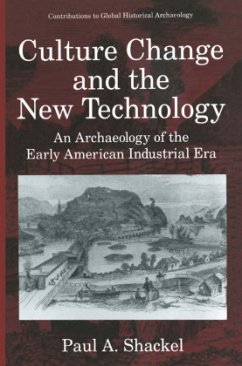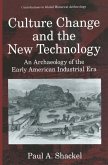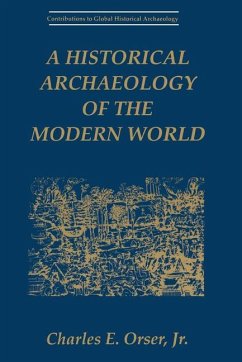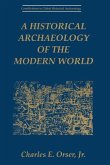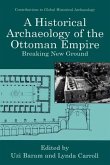Harpers Ferry was one of America's earliest and most significant industrial communities - serving as an excellent example of the changing patterns of human relations that led to dramatic progress in work life and in domestic relations in modern times. In this well-illustrated book, Paul A. Shackel investigates the historical archaeology of Harpers Ferry, revealing the culture change and influence of new technology on workers and their families. He focuses on the contributions of laborers, craftsmen, and other subordinate groups to industrial progress, and examines ethnic and interracial development in an economy that was transformed from craft-based to industrial.
Hinweis: Dieser Artikel kann nur an eine deutsche Lieferadresse ausgeliefert werden.
Hinweis: Dieser Artikel kann nur an eine deutsche Lieferadresse ausgeliefert werden.
`An insightful discussion about the implications of social inequality within an industrial society.' Historical Archaeology, 32:2 (1998) `Interesting and cogent...A useful archaeological reference for the material manifestations of early industrialisation.' The Midden, 30:1 (1998)
"Shackel's Culture change and the new technology turns out actually to be an account of a single site: the town and national armoury at Harpers Ferry, West Virginia. ... The story is told clearly and accessibly, and with some style. ... It is the best example I have read of a theoretically informed approach to 'industrial archaeology', and as such deserves to be read by industrial archaeologists everywhere." (Matthew Johnson, Antiquity, Vol. 71, March, 1997)
`An insightful discussion about the implications of social inequality within an industrial society.'
Historical Archaeology, 32:2 (1998)
`Interesting and cogent...A useful archaeological reference for the material manifestations of early industrialisation.'
TheMidden, 30:1 (1998)
`An insightful discussion about the implications of social inequality within an industrial society.'
Historical Archaeology, 32:2 (1998)
`Interesting and cogent...A useful archaeological reference for the material manifestations of early industrialisation.'
TheMidden, 30:1 (1998)

